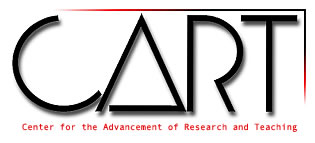Event Title
Poster: A Protocol to Guide Allied Health Care Practitioners to Facilitate Behavior Change
Location
Moakley Atrium
Start Time
16-5-2007 3:00 PM
End Time
16-5-2007 4:30 PM
Description
Health care practitioners are educated and trained to address a client’s physical needs. If recovery is slow or if other physical problems exist, the client can easily be referred to a physician for more advanced care. Too often health care practitioners feel uncertain about how to help clients when they present with psycho-social-emotional issues. The Decision-Making Model is a protocol to guide the health care practitioner to first, make a preliminary assessment of the client, looking for red flags when individuals exhibit signs of psycho-social-emotional distress, and then to help facilitate client readiness for change. This Model provides a decision process for emergency situations and one for planned interventions. The framework for this Model was developed using theories and concepts from the fields of counseling and psychology, and incorporate the competencies of the American College of Sports Medicine.
Poster: A Protocol to Guide Allied Health Care Practitioners to Facilitate Behavior Change
Moakley Atrium
Health care practitioners are educated and trained to address a client’s physical needs. If recovery is slow or if other physical problems exist, the client can easily be referred to a physician for more advanced care. Too often health care practitioners feel uncertain about how to help clients when they present with psycho-social-emotional issues. The Decision-Making Model is a protocol to guide the health care practitioner to first, make a preliminary assessment of the client, looking for red flags when individuals exhibit signs of psycho-social-emotional distress, and then to help facilitate client readiness for change. This Model provides a decision process for emergency situations and one for planned interventions. The framework for this Model was developed using theories and concepts from the fields of counseling and psychology, and incorporate the competencies of the American College of Sports Medicine.
